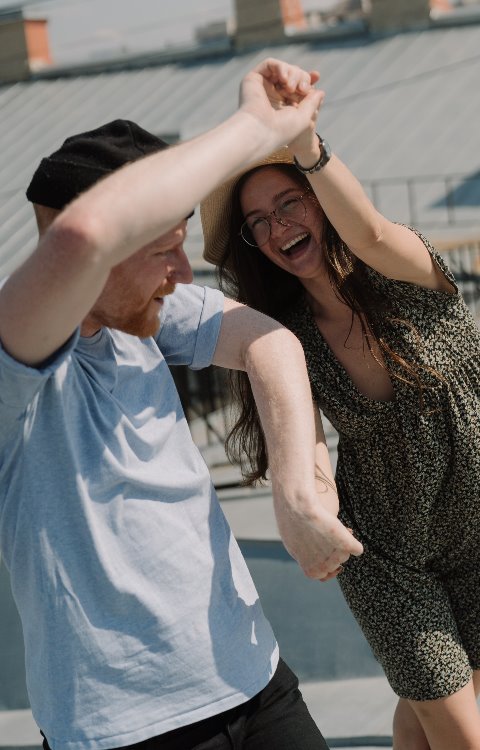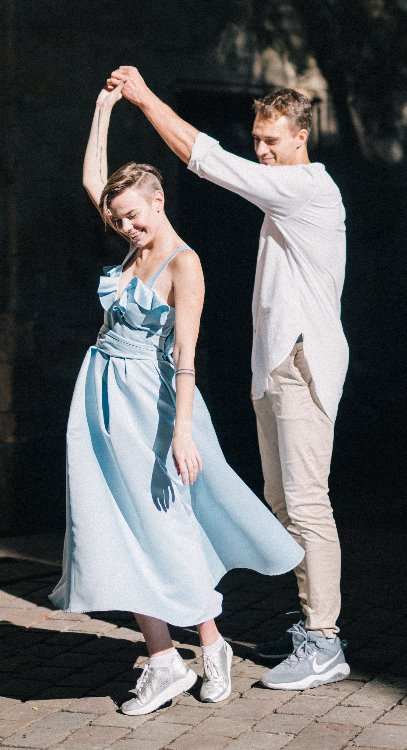
The swing is one of the most popular American dances and is a true American dance.
East Coast Swing is an energetic upbeat dance characterized by a bounce and a swinging of the hips from one side to the other. It includes a vast array of moves, kicks, flips and playful moves.
Swing refers to a number of dances with single, double and triple time rhythms such as the Jitterbug, East Coast Swing, West Coast Swing, Lindy Hop, Jive, Shag, the Charleston, etc.
East Coast Swing dance is a 6-count dance that evolved from the Lindy Hop in the 1930’s. All swing is danced in a compact area.
East coast swing music is written in 4/4 time and can be danced to many tempos and styles of music such as jazz, pop, big band, blues, rock-n-roll, country, R&B, and funk. This makes east coast swing a practical and versatile dance to learn.
Music for East Coast Swing:
- Marvin Gay- How Sweet It Is to Be Loved By You
- The Swing Cats- Good Rockin’ Daddy
- Bob Seger- Old Time Rock n Roll
- Meghan Trainor- All About That Bass
- Bonnie Raitt- Thing Called Love
East Coast Swing History
Swing dance came out of the New York City club scene of the 1920s and 1930s when jazz bands proliferated in nightclubs and dance halls. With jazz influences from bandleader Benny Goodman and Hollywood movies highlighting the new dance craze, America was hooked on the lively music and swing dancing. By the 1950s, east coast swing was part of the American dance scene.
Contact The Dancing Duo today about East Coast Swing Lessons! Also check our calendar to see if this is currently being taught!






